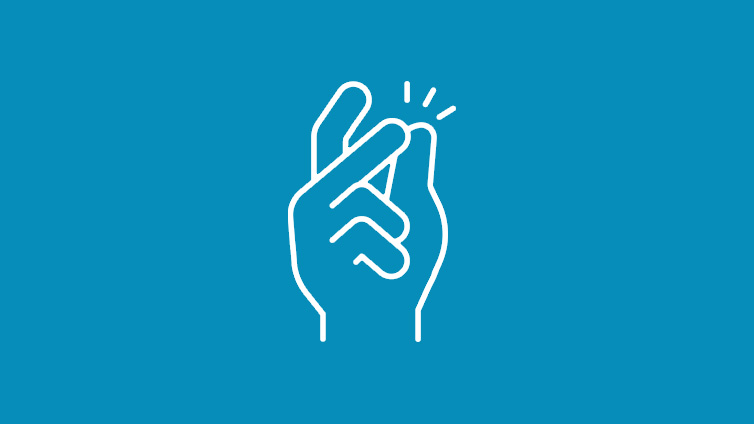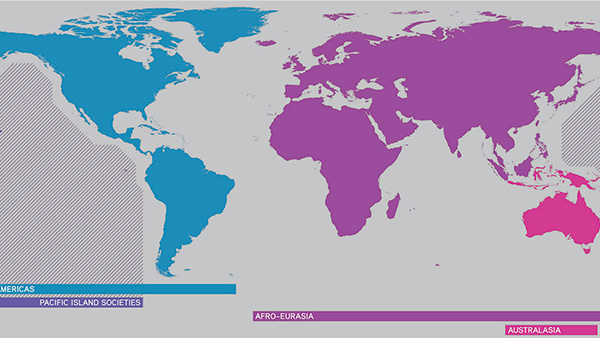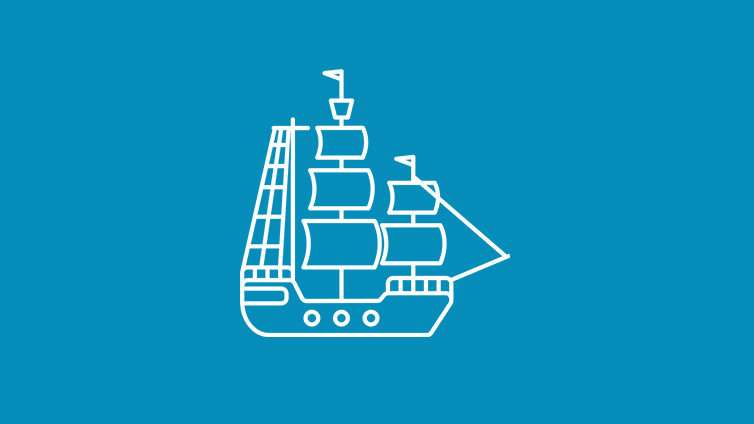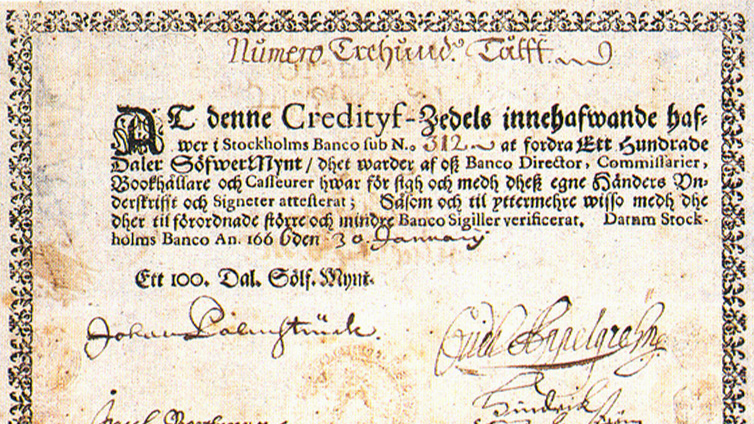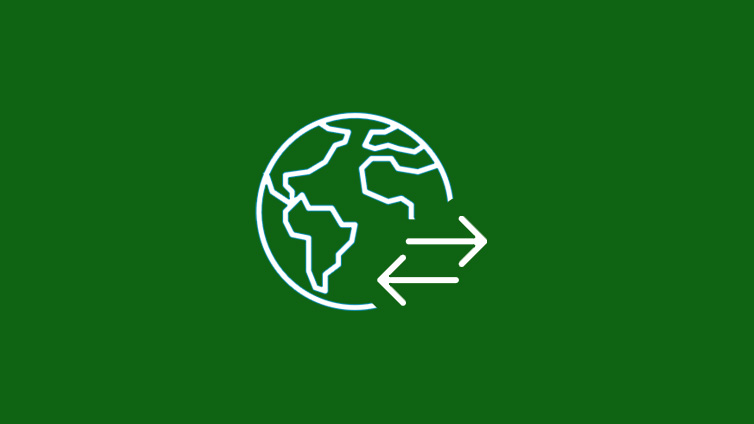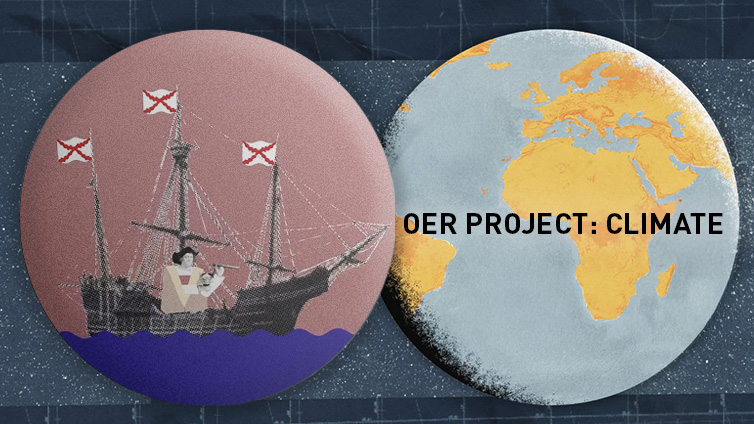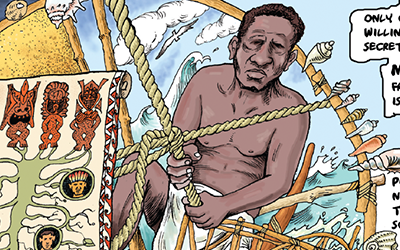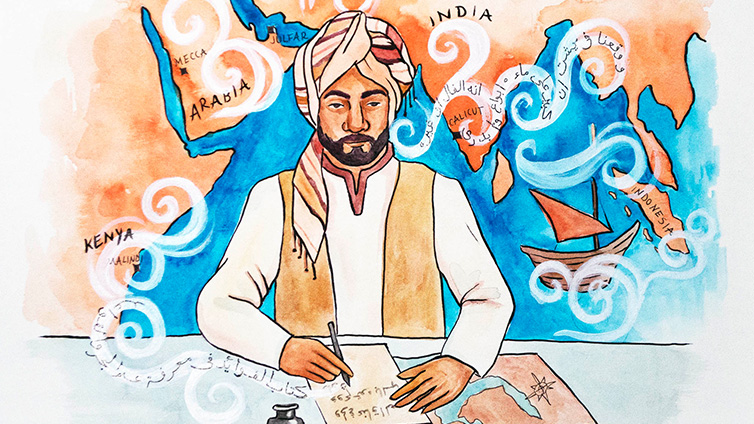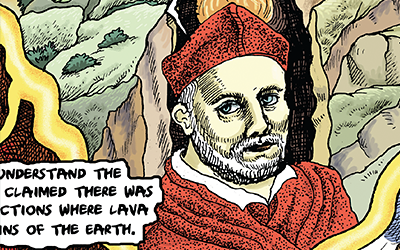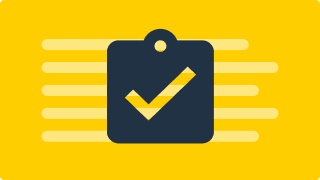Four World Zones Connect
Teacher Resources
Driving Question: What are the pros and cons of the interconnection of the four world zones?
How did connecting once-isolated continents reshape the world? Explore the ripple effects of the Columbian Exchange to uncover how the flow of goods, ideas, diseases, and people transformed global life and made it more complex than ever.
Learning Objectives:
- Explain how the interconnection of the four world zones increased complexity.
- Assess the consequences of the Columbian Exchange.
Vocab Terms:
- biodiversity
- cash crop
- Columbian Exchange
- economy
- Transatlantic slave trade
- world zone
Opener: Four World Zones Connect
To teach this lesson step, refer to page 2 of the Lesson 6.2 Teaching Guide.
Imagine living in the late 1400s when the known world doubled in size! People in the Americas didn’t know about those in Afro-Eurasia and vice versa. Time for you to figure out where some crops and animals originated.
The World Connects
To teach this lesson step, refer to page 3 of the Lesson 6.2 Teaching Guide.
Our online teacher community offers suggestions for scaffolding the Three-Step Reading process.
We’ve been talking about world zones a lot, so let’s take some time to define them, and figure out how some came to be more powerful than others.
-
Guiding Questions
-
Before you read
Preview the questions below, and then skim the article. Be sure to look at the section headings and any images.
While you read
Look for answers to these questions:
- What is a world zone?
- What advantages did the Afro-Eurasian world zone have over the other world zones?
- What were some of the disadvantages that the Australasian and Pacific world zones faced?
After you read
Respond to this question: How do you think the domination of one world zone over the others influenced the world today in terms of access to innovation and economic success?
An Accidental Discovery
The Columbian Exchange sparked the first global trade networks, setting the stage for today’s fossil-fuel-dependent transport systems. Explore how modern innovations are working to transform this legacy and decarbonize global trade in Lesson 4.2 of OER Project: Climate.
The Columbian Exchange is the name historians give to the transfer of goods, ideas, and even diseases between the Afro-Eurasian and American world zones. Here’s how it all went down.
-
Guiding Questions
-
Before you watch
Preview the questions below, and then review the transcript.
While you watch
Look for answers to these questions:
- How did people travel and trade within world zones before the 1500s?
- How did the Columbian Exchange begin?
- What were some of the positive effects of the Columbian Exchange?
- What were some of the negative effects of the Columbian Exchange?
After you watch
Respond to this question: What were the most important positive and negative impacts of the Columbian Exchange? Explain your reasoning.
Key Ideas
Economic Changes
To teach this lesson step, refer to page 6 of the Lesson 6.2 Teaching Guide.
This blog post provides tips for teaching globalization and connecting it to contemporary issues.
New world zones, new products, new demands. Economies around the globe changed as new connections formed during the Columbian Exchange. This next article explores those changes.
-
Guiding Questions
-
Before you read
Preview the questions below, and then skim the article. Be sure to look at the section headings and any images.
While you read
Look for answers to these questions:
- What is the economy?
- What created a global economy?
- How did paper money help the global economy grow?
- How did credit and corporations help the global economy grow?
- What were the downsides of trading commodities like cotton, tobacco, and spices?
After you read
Respond to these questions:
- Who benefits the most from the global economy?
- Who benefits the least from the global economy?
Closer: Four World Zones Connect
To teach this lesson step, refer to page 7 of the Lesson 6.2 Teaching Guide.
Join our online teacher community here to engage with other educators about Big History Project.
Let’s bring it all together and see what you think about one of the most important eras in world history!
Transforming Environments
What does the Columbian Exchange have to do with modern climate change? Explore how this exchange transformed environments in ways we are still feeling today.
The Explorers
To teach this lesson step, refer to page 7 of the Lesson 6.2 Teaching Guide.
Comics in the classroom? Check out our Graphic Biographies Lesson Plan for guidance on using Graphic Biographies.
When you think of explorers you might imagine Spanish conquistadors or modern astronauts, but some of the greatest explorers who ever lived were curious people who built upon centuries of collective learning.
-
Guiding Questions
-
Before you read
Preview the questions below, and then skim the comic, paying attention to things like prominent colors, shapes, and types of text and fonts. How do you know where to start and in which direction to read? What’s in the gutters (the space between panels)? Who or what is the focus of the comic?
While you read
Look for answers to these questions:
- What misconception did the Hawaiians who built the Hōkūleʻa want to change?
- Why was planning the voyage of the Hōkūleʻa so challenging?
- What methods did Polynesian navigators use to pass on their knowledge?
- How has the artist designed the page, text, and illustrations to tell you about Mau Piailug’s story and the story of Polynesian navigators in general?
After you read
Respond to this question: How does Mau Piailug’s biography change what you’ve heard about collective learning so far in the course?
-
Guiding Questions
-
Before you read
Preview the questions below, and then skim the article. Be sure to look at the section headings and any images.
While you read
Look for answers to these questions:
- What subjects did Ahmad Ibn Mājid have to study to become an Indian Ocean sailor?
- Why was it important to learn about geography and astronomy if you were a sailor or merchant?
- Why was knowledge of languages, culture, and Islam important if you were an Indian Ocean sailor?
- How is Ahmad Ibn Mājid’s life a story of collective learning?
After you read
Respond to this question: How does the story of Ahmad Ibn Mājid and Vasco da Gama contribute to your understanding of collective learning?
-
Guiding Questions
-
Before you read
Preview the questions below, and then skim the comic, paying attention to things like prominent colors, shapes, and types of text and fonts. How do you know where to start and in which direction to read? What’s in the gutters (the space between panels)? Who or what is the focus of the comic?
While you read
Look for answers to these questions:
- What was Athanasius Kircher’s early life like?
- What did Kircher do to test his theory of the subterranean connections?
- How did Kircher’s work contribute to the decoding of Egyptian hieroglyphics?
- How does the page’s design, text, and illustrations contribute to your understanding of Athanasius Kircher’s story?
After you read
Respond to this question: Can you think of other mistakes or wrong turns throughout history that have contributed to our understanding of the world?
Unit 6 Assessment
You’ve learned a lot about the interconnection of the four world zones. Now, it’s time to show just how much you’ve learned.

